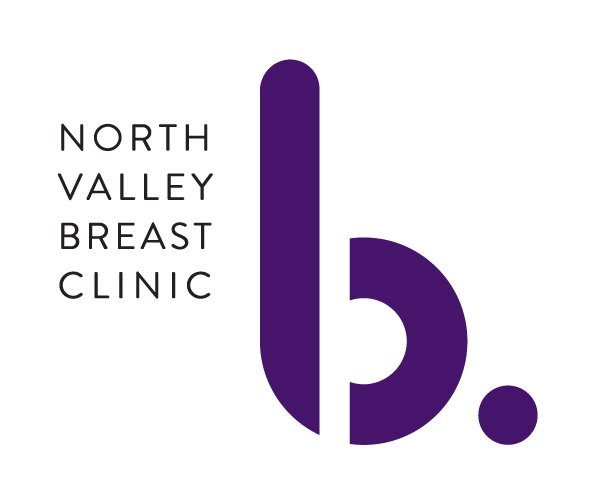Screening Theory
Screening is the main reason that breast cancer survival is so much better these days than it was even a few years ago. Sure, there have been advances in treatment. And those advances have certainly improved survival. But those improvements pale in comparison to the tremendous contribution of breast cancer screening in saving women's lives, decreasing the cost of treatment, and reducing the crushing burden of human suffering caused by breast cancer. Breast cancer screening has become the basis of breast cancer control worldwide and the model for screening programs to control other cancers.
Survival
Breast cancer is a progressive disease. At inception, it is an early stage cancer (stage 0-1). With time, it will progress to an advanced stage cancer ( stage 2-4). By the time you can feel a lump, the cancer is usually advanced. The time between when a cancer can be detected through screening and when it becomes a lump is called its sojourn time.
Breast cancer progression with time. The interval from when a cancer can be detected to when it becomes symptomatic its its sojourn time. Lead time is the time between when the cancer is actually detected and when it would otherwise be symptomatic. Screening increases lead time and thereby decreases stage at diagnosis.
As show below, detecting a cancer early, through screening, results in a lower stage cancer at diagnosis. That is, less advanced stage cancers and more early stage cancers. All the benefits of screening come as a result of this reduction in stage at diagnosis.
The proportion of early stage versus advanced stage cancers diagnosed through screening or who present with symptoms at the North Valley Breast Clinic. January 2019
The most obvious benefit of a decreased stage at diagnosis is that women diagnosed with breast cancer at an early stage (stage 0-1) live longer than women with an advanced cancer (stage 2-4). Women diagnosed with an early stage breast cancer have about the same survival as women without breast cancer. Advanced stage cancers have lower survival.
Actuarial, observed, all-cause, 5-year survival for women with early stage cancer versus women with advanced stage cancer versus women in the United States without breast cancer treated at the North Valley Breast Clinic. January, 2019.
The bottom line is that screening saves lives. This is not theory, opinion, or conjecture. We know this.
Cost of Treatment
The next thing to consider is cost. By diagnosing breast cancer at an earlier stage, we save money. Of course, saving money is not the most important thing, but it is important.
Cost of breast cancer treatment for the first two years after diagnosis (in 2015 US dollars). From Blumen et. al. Am Health Drug Benefits 2016 Feb; 9(1): 23–32.
As you can see above, a lower stage of diagnosis results in significantly less treatment cost. Most people with commercial insurance have deductibles, copays, and share of cost requirements. If this is the case, then you may be one major illness away from bankruptcy. Financial toxicity is the new term in cancer care used to describe this situation. The harm this can cause is very real. Most people who are ruined financially by the high cost of cancer care never recover. A lower stage of diagnosis can prevent this from happening.
Human Suffering
The most important outcome from screening is the one that is the most difficult to quantify. Human suffering. I can speak here only from my own experience in treating women with breast cancer. Advanced stage breast cancers cause a lot of suffering. Surgery, chemotherapy, and radiation all have their side effects. Women with advanced stage cancers require more extensive surgery, long chemotherapy treatments, and often radiation treatments that would not be needed if they were diagnosed at an early stage.




